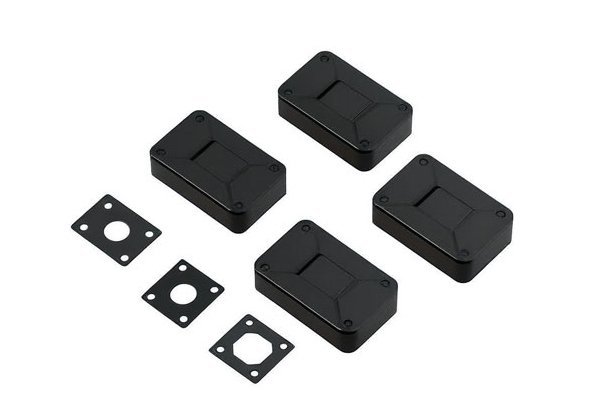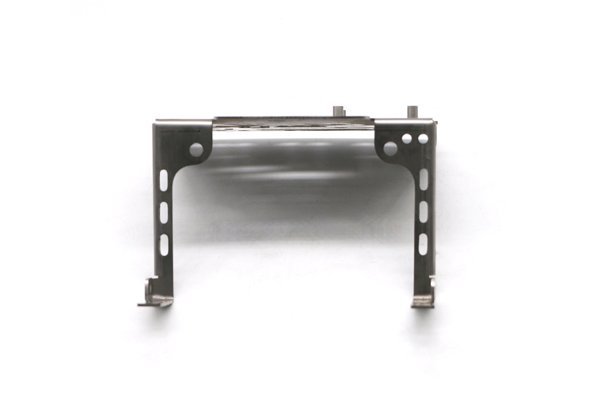Did you know that 80% of product failures occur during the testing and validation phase? This startling statistic emphasizes the importance of robust reliability testing in manufacturing, particularly in the CNC (Computer Numerical Control) machining sector. As CNC technology continues to evolve, the role of reliability testing has become paramount in ensuring that manufactured components meet stringent quality standards. But how do CNC machining manufacturers provide reliable testing services, and why is it such a crucial aspect of the production process?
In this comprehensive blog post, we will delve deep into the concept of reliability testing in CNC machining, exploring its significance, methods, and best practices. By the end of this extensive guide, you will have a clear understanding of how CNC machining manufacturers can successfully implement reliability testing services for their products.
What is Reliability Testing?
Reliability testing evaluates a product’s ability to perform under specified conditions for a specific period. In CNC machining, this means assessing the durability, consistency, and performance of machined parts or assemblies through various testing methodologies. Reliability testing helps manufacturers identify potential failures early in the production process, ultimately leading to better product design, increased customer satisfaction, and reduced costs associated with returns or recalls.
The Importance of Reliability Testing in CNC Machining
Reliability testing ensures that products meet or exceed quality standards. By applying stringent tests, manufacturers can identify weaknesses in their machining processes, materials, or designs early. This results in higher-quality final products, which can significantly boost brand reputation and customer loyalty.
Identifying defects during the manufacturing process can prevent costly recalls or repairs later. Implementing reliability testing can save CNC machining manufacturers time and money by minimizing waste and rework.
For many industries—especially aerospace, automotive, and medical—the products must comply with severe regulatory standards. Reliability testing helps manufacturers ensure compliance, avoiding legal issues and maintaining licenses for operation.
When customers know that a manufacturer has rigorous testing protocols in place, they are more likely to trust the products and the brand itself. This can lead to increased sales and a loyal customer base.
Reliability testing is a crucial element of a continuous improvement culture. The feedback garnered from testing results can inform product design changes, manufacturing processes, and quality assurance programs.
Key Reliability Testing Methods for CNC Machining Products
CNC machining manufacturers utilize various reliability testing methods to ensure their products perform as intended. Below are some of the most common methods utilized:
Every reliability testing process begins with thorough inspections. Visual checks can identify obvious defects, surface imperfections, dimensional variations, or other issues that may affect the part’s performance. CNC machining manufacturers often employ skilled technicians to perform these inspections before parts move on to more rigorous testing phases.
Functional testing involves subjecting parts to conditions that mimic their actual working environments. For instance, if a CNC machined part will encounter high loads, manufacturers might test how it performs under those conditions. This includes examining dimensions and ensuring the part can operate effectively within the specified limits.
Stress testing quantifies how much load a part can carry before failure occurs. This testing method is particularly important for components in high-stress applications, such as the aerospace and automotive industries, where strength and durability are critical.
Environmental testing ensures that parts can withstand various conditions such as temperature extremes, humidity, corrosion, and exposure to chemicals. Manufacturers often utilize environmental chambers to simulate adverse weather conditions, ensuring their products are durable in diverse settings.
Life cycle testing evaluates the durability of parts over time through repeated loading cycles. This method is significant for assessing the longevity and reliability of parts used in applications where constant stress is expected, such as robotics and automotive systems.
ALT involves exaggerating the testing conditions to expedite potential failure modes. By applying increased stress over a shortened time, manufacturers can predict the lifespan of a part and determine when replacements may be necessary.
In some cases, destructive testing is essential to fully understand a part’s limits. Although it destroys the specimen, the data collected is invaluable for both materials and design verification, aiding in the optimization of future manufacturing processes.
On the other hand, NDT allows for the assessment of material properties without damaging the part. Techniques such as ultrasonic testing, magnetic particle testing, and X-ray inspection can identify internal flaws that are not visible on the surface.

Implementing Reliability Testing in CNC Machining
To effectively implement reliability testing services, CNC machining manufacturers should follow these steps:
This involves identifying product requirements, industry standards, and customer expectations. A comprehensive testing strategy can mitigate risks and errors and ensure the end product meets quality standards.
CNC machining manufacturers should invest in appropriate testing equipment, including inspection tools and environmental chambers. Additionally, providing adequate training for staff will ensure effective testing practices can be consistently applied.
Creating standardized testing procedures helps to maintain consistency and accuracy throughout the process. Manufacturers should develop clear documentation for all testing protocols to facilitate easy tracking and reporting.
Reliability testing should include careful monitoring and analysis of testing results, with the aim of identifying trends, anomalies, and areas needing improvement. Manufacturers can utilize software solutions to enhance data collection and reporting capabilities.
Reliability testing is not a one-time process. Instead, manufacturers should use the insights gained to refine product designs and manufacturing processes continually.
Engaging customers in the feedback loop can greatly enhance the effectiveness of reliability testing programs. By understanding customer experiences and concerns, manufacturers can tailor their testing processes to better meet real-world requirements.
Case Studies: CNC Machining Manufacturers Excelling in Reliability Testing
Case Study 1: Aerospace Applications
A prominent CNC machining manufacturer in the aerospace sector focused on implementing an extensive reliability testing program tailored to meet FAA regulations. By establishing stringent environmental testing and life cycle assessments, they successfully optimized their parts for high-tolerance applications. As a result, they achieved an impressive reduction in failure rates and increased customer satisfaction through demonstrating compliance with safety standards.
Case Study 2: Automotive Industry
An automotive components manufacturer faced challenges with product consistency, leading to increased warranty claims. They invested in a comprehensive inspection and stress testing program. The results showcased critical insights that led to design modifications, ultimately increasing product reliability and lowering claims by 30% in just one year.
Challenges and Solutions in Reliability Testing
Challenge 1: Resource Constraints
Implementing a comprehensive reliability testing process can be resource-intensive.
Solution: Companies might consider outsourcing specific testing requirements to specialized labs with existing capabilities. This allows manufacturers to maintain testing integrity without heavily investing in new equipment or personnel.
Challenge 2: Evolving Technology
As technology rapidly advances, manufacturers may struggle to keep up with the latest reliability testing methods.
Solution: Continuous education and training programs can help manufacturers stay current with the newest developments in testing. Collaborating with industry organizations can also provide insight into best practices.
Challenge 3: Data Management
Managing and analyzing the data obtained from reliability testing can present difficulties.
Solution: Implementing data management software can streamline data collection, analysis, and reporting processes, thus ensuring that valuable insights are not lost or overlooked.
In conclusion, reliability testing is a critical component of CNC machining manufacturing that directly impacts product quality, customer satisfaction, and compliance with industry standards. By employing a systematic and comprehensive approach to testing through various methodologies, manufacturers can identify potential issues early on, leading to improved design, reduced costs, and increased market competitiveness.
As technology continues to evolve, so will the complexity and demands of reliability testing, making it imperative for CNC machining manufacturers to stay informed and adaptable. Understanding how reliability testing influences the final product is essential; these efforts will pay off through enhanced brand loyalty and customer satisfaction.
In today’s competitive landscape, the importance of reliability testing cannot be overstated. It is a guarantee that the products customers rely on are safe, effective, and of the highest quality. So, as you consider your own manufacturing practices, reflect on how reliability testing could elevate your products and ensure they withstand the rigors of their intended applications. Embrace the practice and ultimately secure your place as a trusted leader in the CNC machining industry.






